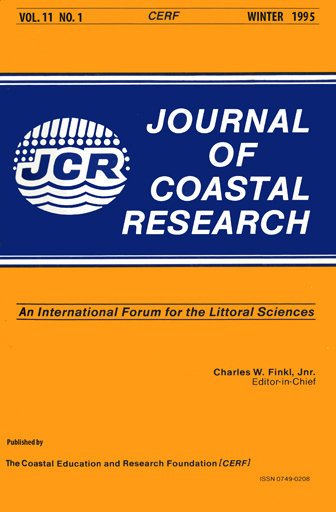Variations in Response of Two U.8. Gulf Coast Populations of Spartina alterniflora to Hypersalinity
Keywords:
Spartina alternifiora, population differentiation, salinity stress, photosynthesis, stomatal conductance, smooth cordgrassAbstract
Two populations of Spartina alternifiora Lois. from Louisiana Gulf Coast marshes were studied under flooded conditions and elevated salinities of 170, 510, and 850 mol m-3. The Lake Tambour population maintained greater net photosynthesis than the Leeville population under various salinity treatments. At 850 mol m-3 salinity, net photosynthesis was reduced significantly (p ≤ 0.05), 28% for Lake Tambour and 52% for the Leeville population as compared to plants at 170 mol m-3. Net growth of foliage and root dry weights were reduced in response to increased salinities. Statistical analyses revealed significant differences among the treatment interactions (population x treatment) on net photosynthesis and various growth parameters confirming differences in photosynthetic responses and growth traits between the study populations in response to the elevated salinities. The Lake Tambour population grew better at 850 mol m-3 salinity treatment as compared to the Leeville population. The observed responses are in accord with the habitat characteristics where these populations grow naturally since the Lake Tambour site is characterized by lower soil redox potentials and higher salinities than those found on the Leeville site. Results suggest that there are variations in salt-tolerance among S. alternifiora populations in the U.S. Gulf Coast, the potential for existence of genetic differentiation in this species and the potential for developing superior salt-tolerant planting stocks suitable for use in marsh revegetation and coastal restoration projects in salinity dominated coastal areas.


